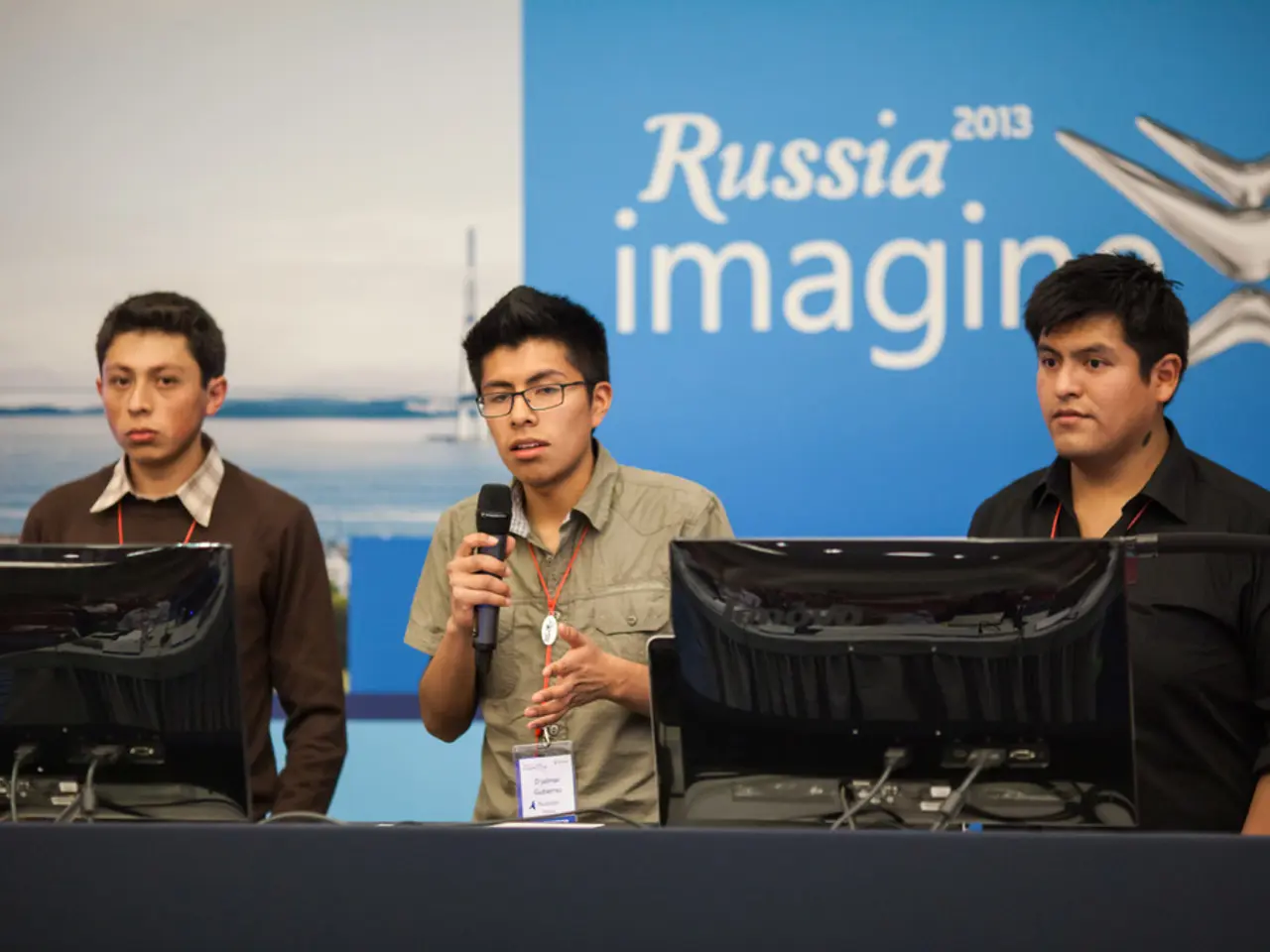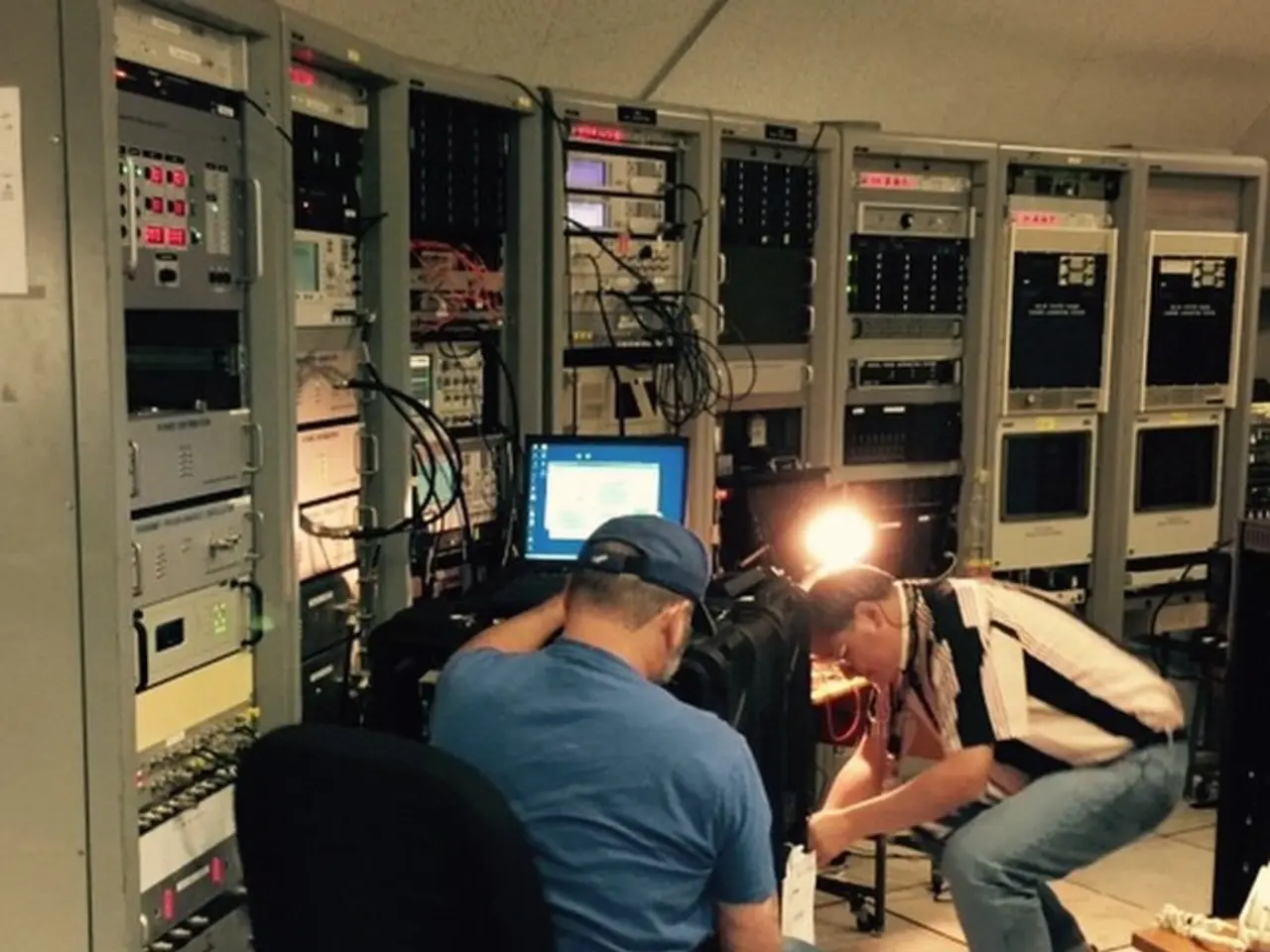Increase in corporate cost-cutting plans uncovered by RSPP
Russian businesses are focusing on cost optimization in 2025, driven by a combination of factors including rising war-related expenditures, inflationary pressures, tight monetary conditions, and labor shortages.
Rising costs linked to ongoing military operations and war efforts have pushed the government to prioritize spending in the military-industrial sector, contributing to greater budget strain and indirectly pressuring businesses to optimize costs in non-priority sectors. Inflation remains elevated despite recent disinflation trends, with the Bank of Russia cutting the key interest rate to 18% to stimulate growth but maintaining monetary policy tightness to reach 4% inflation by 2026.
Economic slowdown and worsening enterprise financial conditions force companies to squeeze costs to maintain operations amid reduced budget revenues and market uncertainty. Severe labor shortages affect over 40% of industrial enterprises, increasing wage pressure and complicating employment efforts, which challenges businesses' ability to optimize human resources effectively.
The impact on employment is likely to result in wage stagnation and may constrain hiring or lead to workforce reductions due to budget and financial pressures on enterprises. However, continued government prioritization of military and certain industrial sectors tries to preserve employment levels there, shielding these key areas from declines.
High borrowing costs limit loan accessibility for many businesses, especially smaller or financially weak enterprises, restricting investment and expansion, further encouraging cost optimization over growth. The state’s financial challenges and recessionary pressures reduce lending capacity and increase credit risk concerns among banks.
In summary, Russian businesses in 2025 optimize costs largely due to persistent inflation, tight credit conditions, wartime expenditures, and labor shortages, which together suppress wage growth and restrict loan availability, thereby constraining employment growth and investment.
Key findings from a recent survey by the Russian Union of Industrialists and Entrepreneurs (RSPP) reveal that 74% of companies are planning to cut costs, with 30% intending to optimize costs for raw materials and components. The share of companies in Russia that consider external constraints to be their main problems has decreased.
The current trend of companies optimizing their expenses is expected to continue, with businesses likely to focus on revising the financial terms of existing employees, and may refrain from wage indexation, bonus payments, or increase workload due to the current labor shortage. The Central Bank did not rule out that it may raise the key rate again if inflation stops declining and starts to rise.
The RSPP report on the state of the country’s economy for the first quarter of 2025 states that the situation with demand for goods and services deteriorated at the beginning of the year. Despite the July 2025 key rate cut (by 200 basis points to 18%), Russia’s monetary policy remains tight with high interest rates expected through 2025–2026.
[1] Russian Union of Industrialists and Entrepreneurs (RSPP) [2] Institute of Economic Growth named after P.A. Stolypin [3] Bank of Russia [4] Central Bank of Russia [5] Various economic reports and surveys
In the context of ongoing economic challenges, Russian businesses, as indicated by the Russian Union of Industrialists and Entrepreneurs (RSPP), are primarily focusing on cost optimization in 2025, with 74% of companies planning to reduce expenses. This cost-cutting trend is driven by persistent inflation, tight credit conditions, increased expenditures due to war-related costs, and severe labor shortages. Additionally, businesses are expected to prioritize optimizing costs for raw materials and components.




